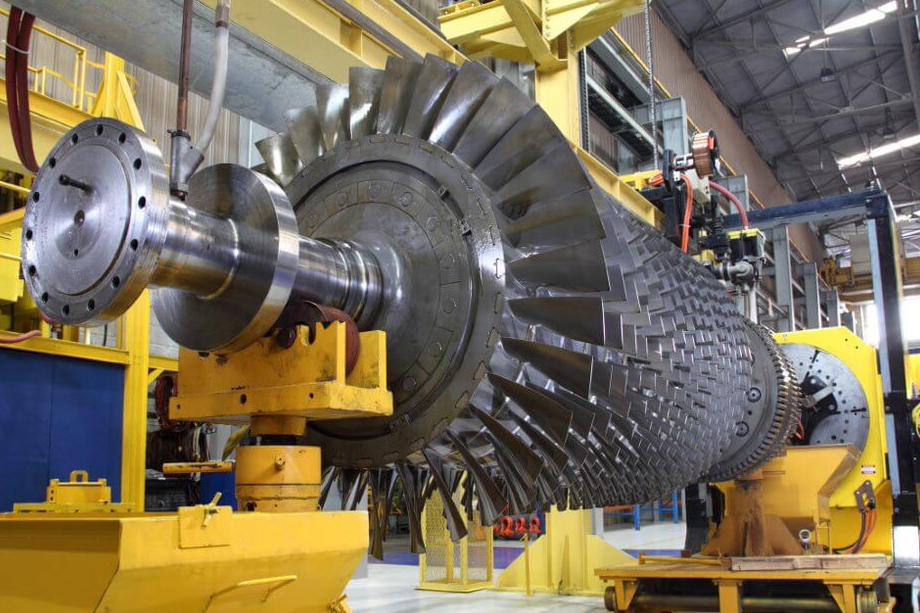What are the most common 3D printing technologies for superalloys?
What Are the Most Common 3D Printing Technologies for Superalloys?
Powder Bed Fusion (PBF)
Powder Bed Fusion is the most widely used 3D printing technology for superalloys due to its high resolution, excellent material density, and ability to fabricate complex geometries. The two most common variants include:
Selective Laser Melting (SLM): Utilizes a high-power laser to fully melt superalloy powders such as Inconel 718, Hastelloy X, and Stellite 6B. It produces near-full-density parts with excellent mechanical properties, ideal for aerospace and turbine components.
Direct Metal Laser Sintering (DMLS): Similar to SLM but often used with slightly different process parameters and materials. DMLS is ideal for heat- and corrosion-resistant parts in energy and automotive industries.
Electron Beam Melting (EBM)
Electron Beam Melting (EBM) uses a high-energy electron beam in a vacuum environment to melt metal powders. It is especially suited for processing superalloys like Haynes 230 and Rene 41, providing excellent grain structure and high build temperatures ideal for crack-prone alloys.
EBM is commonly used in aerospace and medical applications due to its ability to produce stress-relieved parts directly from the build.
Directed Energy Deposition (DED)
Directed Energy Deposition (DED) is ideal for large-format or hybrid manufacturing of superalloys. DED uses a laser or electron beam to melt metal powder or wire as it is deposited onto a substrate. It is frequently used for:
Repair of damaged turbine blades
Addition of features to cast or machined parts
Production of near-net-shape structures from materials like Inconel 625
DED is favored in industrial tooling and energy systems due to its scalability and ability to work with existing components.
Laser Metal Deposition (LMD)
Laser Metal Deposition (LMD) is a DED variant offering precise control of deposition, making it suitable for feature repair or manufacturing of small, complex superalloy components. It supports alloys like Hastelloy C-276 and Stellite alloys, particularly for corrosion-resistant or wear-resistant applications.
Recommended Services for Superalloy AM
Neway offers specialized services for producing superalloy components using advanced AM technologies:
Superalloy 3D Printing: Full-service production using Inconel, Hastelloy, Haynes, Rene, and Stellite alloys
Powder Bed Fusion: For high-precision, high-strength applications
Directed Energy Deposition: For large or repaired superalloy components
Heat Treatment and HIP: To refine mechanical performance and structural integrity



